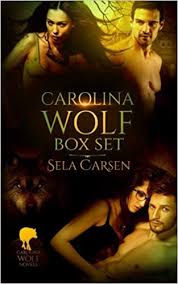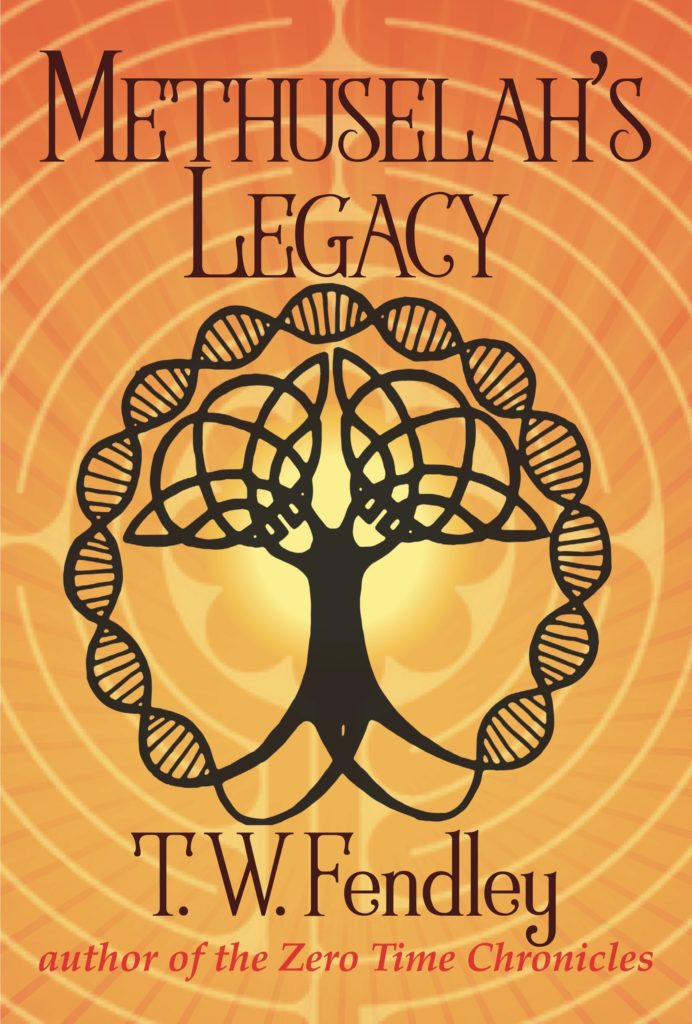By Nick Rowan
It’s been a busy summer, and a busy year for me, loves.
I’m still driving the school bus. I am The Local Kitchen Witch, and training more. So I cook for bunches of pagans twice a year. Festival of Souls is in October. Ancestor Ritual, Witches’ Ball, Candle Labyrinth. Kithaka Dun is in May. Wild Hunt, Maypole, and this year SJ Tucker is playing a concert.
Both are terrific times. Come out and join us in the woods.
I’ve been doing Grandma duty to two adorable boys. Hunter is 6 and Alexander will be 2 in November.
But my 2021, so far:
~~~
January saw the re-issue of Glad Hands, with a new cover and about 20 percent more new material. It, like all of the Eight Thrones Books, is under the Angelia Sparrow name.
Chuck Hummingbird has a big rig and a big heart. Even as a boy, he took in every stray and injured animal and person around him. Now, even though he is speed-running through some of the most hostile territory in the DisUnited States, he can’t say no to rescuing a pretty blue-eyed gay boy in Heartland. And that just increased the danger level of his run from normal to expert.
This is a dystopian gay trucker romance.
~~~
Temple Secrets from the Cult of Cheesecake came out in December and is available in ebook or print. It’s our church cookbook, and I love it. It’s perfect bound because spiral wasn’t available anymore. It’s good food, some with good stories. The following made my father wibble a little, as it’s his mom’s bread pudding.
Bread Pudding – Nina Fantz
Nick’s grandma taught him to make bread pudding. This is very basic stuff, no fancy whiskey sauce here. When Nick’s mom was terminal with leukemia, he made this for her frequently during the month he took care of her. It was one thing she had no problem eating, despite chemo killing her appetite.
Ingredients:
- 2 slightly beaten eggs
- 2 1/4 c. milk
- 1 tsp. vanilla
- 1/2 tsp. ground cinnamon
- 1/4 tsp. salt
- 2 c. 1″ stale bread cubes
- 1/2 c. brown sugar
- 1/2 c. raisins (optional)
Directions:
Combine eggs, milk, vanilla, cinnamon and salt. Stir in bread cubes. Stir in brown sugar and raisins. Pour into 8″ round cake pan. Place in large shallow pan on center rack of oven. Pour hot water into larger pan 1″ deep. Bake 350° about 45 minutes, or until knife comes clean.
~~~
In July, I was a prolific little succcubus. (Succubi and incubi are the same demon, they just shapeshift depending on situation. As does my gender-fluid self.) Not only did I have a drag show early in the month, I wrote a lot.
~~~~
As Angelia, I published a sexy short, “Dangerous Game.” This is a fun little piece that manages to combine Real Person Fanfic from the Memphis drag community, multiple personalities, Jekyll and Hyde cosplay and yet remain heterosexual.
When Valentina’s guy heats up the stage as Dr. Jekyll during a show, she lets him know he’s got her heated up too. And wackiness ensues.
~~~
Also as Angelia, I compiled a Busy Night cookbooklet of freezer meals and slow-cooker dishes. It’s stuff that has always worked well for us. No flavor text or cute stories, just recipes. We’re busy, after all. Includes my famous Pasta Fazool. One of my drag characters performs as a zombie Dean Martin—complete with oversized martini glass and eyeballs for olives–and does “That’s Amore” while visibly restraining himself from eating the audience.
When the stars make you drool
Just like Pasta fazool
That’s Amore
Dean O’Bedlam’s Pasta Fazool (no eyeballs)
- 1 pound extra lean ground beef, browned and drained
- 1 cup chopped onion
- 1 cup chopped carrots
- ½ cup chopped celery
- 1 can (14 to 15 ounces) diced tomatoes with juice
- 1 can (14 to 15 ounces) kidney beans, rinsed and drained
- 1 can (14 to 15 ounces) white beans, rinsed and drained
- 4 beef bouillon cubes
- 1 jar (24 to 26 ounces) tomato-basil marinara or pasta sauce
- 1-1/2 teaspoons oregano
- ¾ teaspoon hot pepper sauce (such as Tabasco)
- ½ teaspoon salt
- ½ teaspoon black pepper
- 1-1/4 cups dry pasta
- ¼ cup chopped fresh parsley, optional, for serving
- Grated Parmesan, optional, for serving
Freeze all items except pasta in a ziplock. Dump into cooker, with 4 cups of water. Cover and cook on LOW for 5 to 7 hours, or until the vegetables are as tender as you like them. When ready to serve, stir the cooked pasta into the soup. Taste the soup and adjust the salt and herbs to suit your tastes.
~~~
Last August saw the reissue of Curse of the Pharaoh’s Manicurists, now with 80 percent less sex and 100 percent more characterization.
This summer, I edited on the sequel, Terror of the Frozen North. About 20% less sex, more plot and action. It will be out… unknown. As Thoth wills it.
I also continued writing on the third, Mystery of the Monkey God, and have roughed out the fourth, Dance in the Graveyard.
~~~
I did something a bit foolish, perhaps. I started an OnlyFans. It was intended to be a “Watch me Clean and Exercise” channel, but I haven’t done much of either. But it is some fun stuff and the pics are a bit sexier than we normally see.
And when the weather cools down, I will have Gabriel do me up a Lady Dimetriscu shoot. I have the costume.
~~~
In early August, I pinned down Gabriel, finally, and we took a weekend to rewrite Master Anton, fourth in the Eight Thrones series. It needed it. Unfortunately, we got through the book, then added a scene about 60 pages from the end which means we will have to entirely rewrite the end. Oops, so more rewriting is in our future.
~~~
I have the cover for Captain Calamity’s Bedside Reader, a collection of steampunk stories. The book itself is edited and needs formatting. I hope to have it out in time for Black Friday sales.
~~~
My next show is Sept. 10 at Black Lodge, and the theme was A Mad Tea Party. I did Alice Cooper dressed as Alice Liddle performing “Welcome to my Nightmare.” And for Shinedown’s “Her Name is Alice,” I was her shrink who morphed into the Cheshire cat during the song. My video performance list is here.
~~~
My Patreon will be running Sounds of the Season (Halloween music), with crafts, recipes etc. and Yuletide Youtube, Lucky 13, this year. I am also watching as many of the IMDB greatest horror films as I can find, and reviewing them, plus some extras. Tod Browning’s Dracula is not on the list which I consider a serious omission.
$1 gets a lot of online goodies. $5 gets ebooks, $10 gets paperbacks.
~~~
Ways you can support me:
Patreon. Get writing and pics of the say and sometimes crafted goodies:
I have a list here. Some of these are cash-back apps. You get money back, it costs you nothing, and I get a kickback from the app. Win, win win.
Links to all my books currently in print: Here.
Links to me: Nick Rowan, Violetta, Angelia Sparrow.
~~~
How do I do it all and hold down a full time job? 400 words a day. Two chapters of editing a day. And when the muse is upon me (not the kittens or Stratus who are always on me) I ride with her as far as she will take me.
Until next time, my freaky darlings,
Nick.
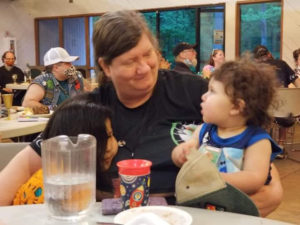
NICK ROWAN is a bus driver who lives quietly in the mid-south. He writes and crafts to support his yarn habit, You can follow him on Facebook (NickRowan) or Patreon (NickRowan) or Twitter (@NickRowan16) or Tumblr (nicholasrowan) or blogger (NicholasRowanSp) or Etsy (thecarpenterswyfe). Nick has been writing professionally since 2004 as Angelia Sparrow.

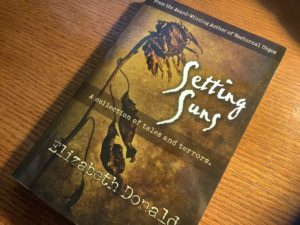
 Elizabeth Donald is a dark fiction writer fond of things that go chomp in the night. She is a three-time winner of the Darrell Award for speculative fiction and finalist for the Prism and Imadjinn awards, author of the Blackfire urban fantasy series and Nocturne vampire mystery series, as well as other novels, novellas and stories in the horror, science fiction and fantasy genres. More recently, she was awarded the Mimi Zanger Literary Award for fiction. She is the founder of the Literary Underworld small-press cooperative; an award-winning journalist and essayist with more than twenty years in journalism; a nature and art photographer; freelance editor and writing coach. She is currently completing two masters degrees at Southern Illinois University Edwardsville and teaches newswriting and English composition at the university. She serves as president of the St. Louis Society of Professional Journalists and Eville Writers, vice president of Phi Kappa Phi and Sigma Tau Delta at the university, and is a member of the national SPJ Ethics Commission, AEJMC, Editorial Freelancers Association and many other organizations for which she volunteers. She lives with her family in a haunted house in Edwardsville, Illinois. In her spare time, she has no spare time.
Elizabeth Donald is a dark fiction writer fond of things that go chomp in the night. She is a three-time winner of the Darrell Award for speculative fiction and finalist for the Prism and Imadjinn awards, author of the Blackfire urban fantasy series and Nocturne vampire mystery series, as well as other novels, novellas and stories in the horror, science fiction and fantasy genres. More recently, she was awarded the Mimi Zanger Literary Award for fiction. She is the founder of the Literary Underworld small-press cooperative; an award-winning journalist and essayist with more than twenty years in journalism; a nature and art photographer; freelance editor and writing coach. She is currently completing two masters degrees at Southern Illinois University Edwardsville and teaches newswriting and English composition at the university. She serves as president of the St. Louis Society of Professional Journalists and Eville Writers, vice president of Phi Kappa Phi and Sigma Tau Delta at the university, and is a member of the national SPJ Ethics Commission, AEJMC, Editorial Freelancers Association and many other organizations for which she volunteers. She lives with her family in a haunted house in Edwardsville, Illinois. In her spare time, she has no spare time. 
 Sela Carsen is an award-winning author of paranormal and sci-fi romance — with or without sex and dead bodies. Your pick. She also writes steamy contemporary romance as Silke Campion.
Sela Carsen is an award-winning author of paranormal and sci-fi romance — with or without sex and dead bodies. Your pick. She also writes steamy contemporary romance as Silke Campion. 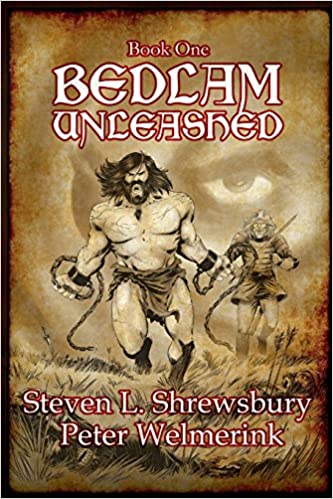

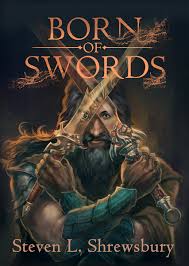
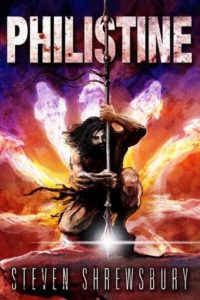
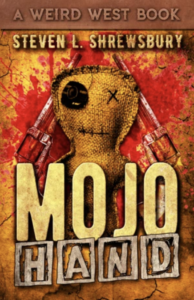
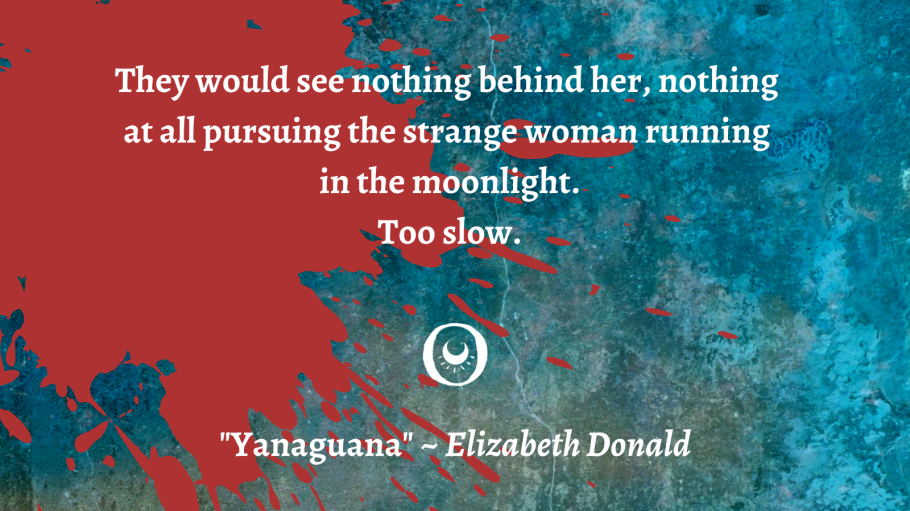
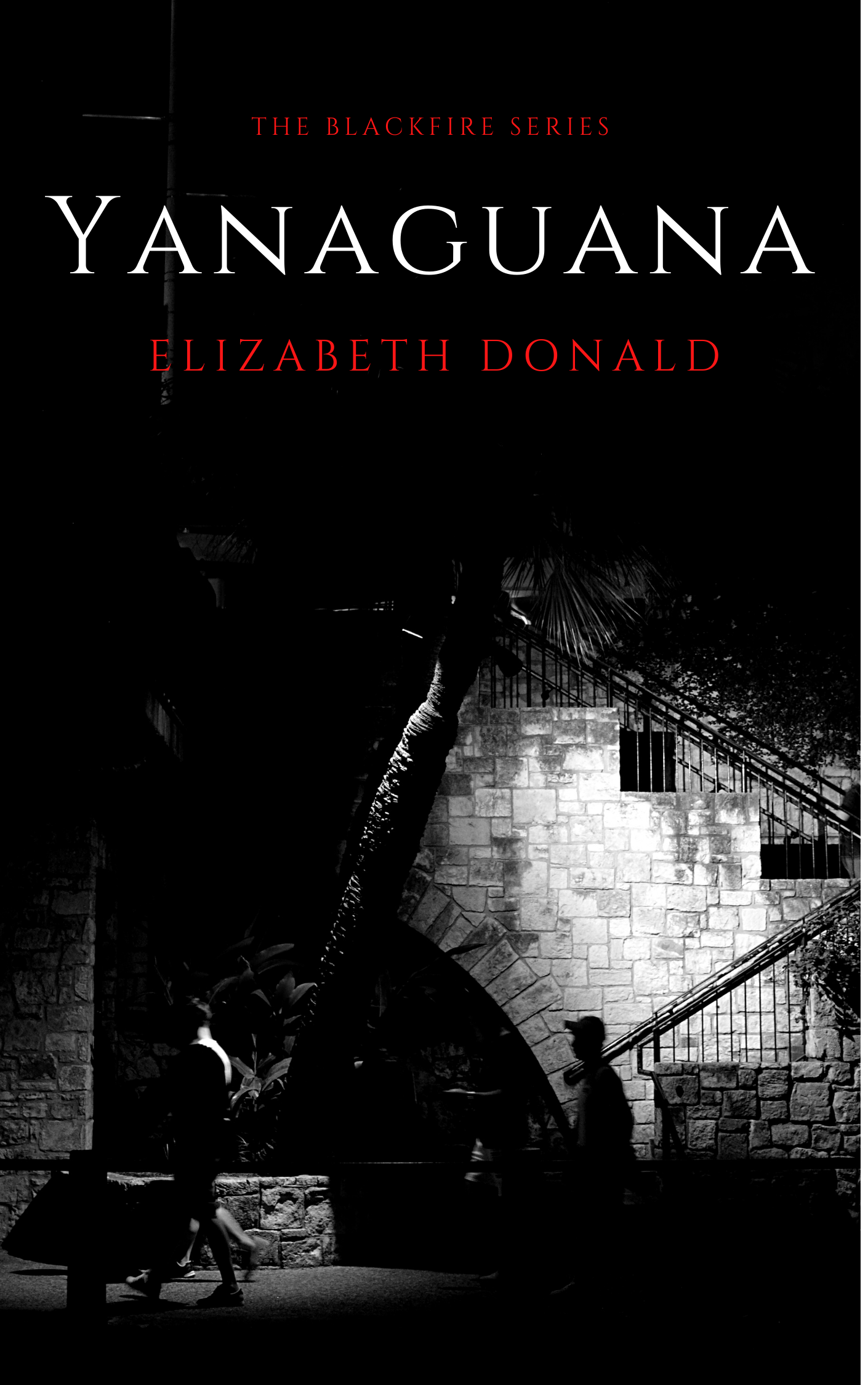
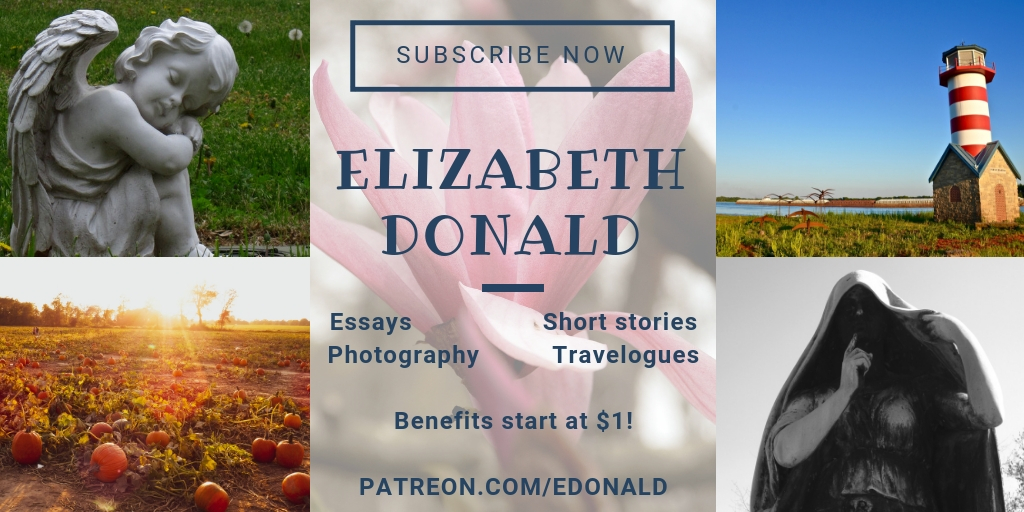
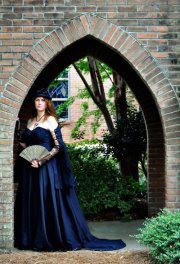
 Jen Mulvihill is an author who writes young adult, chillers, steampunk, and science fiction. You can find her works at
Jen Mulvihill is an author who writes young adult, chillers, steampunk, and science fiction. You can find her works at 